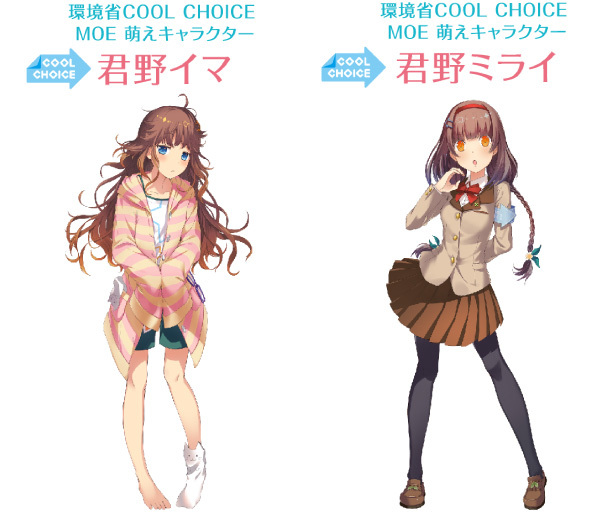Japanese people love cute things. From manga and anime to mascots for central government agencies, local governments, and city banks, the entire country is overflowing with cuteness. And at its core, this sensibility often values a certain childlike quality that seems to reject maturity.
The Japanese word "kawaii" is even listed in the Oxford English Dictionary, yet it often defies a simple translation as "cute." Japanese people seem to empathize with imperfections—a touch of awkwardness or lack of coolness—making this a crucial point in B2C marketing within Japan.
One of the quintessential examples of kawaii is the "yuru-chara" (cuddly mascot). Even central government agencies like the Ministry of the Environment use yuru-chara for awareness campaigns. While overseas companies and organizations often have mascots too, Japan's mascots stand apart.
Foreign Companies Adopting Yuru Characters
For foreigners, who find yuru-chara themselves unusual, the fact that these characters handle PR for central government agencies and local governments is likely surprising. However, some foreign companies and organizations have begun leveraging this Japanese fondness for yuru-chara to develop their marketing activities.
As introduced in my book Communicating: A Guide to PR in Japan, Jetstar Japan, part of Australia's Jetstar Group, created a mascot named "Jet-kun" specifically for the Japanese market. It is primarily used for PR activities in Japan and has also entered the Yuru-Chara Grand Prix.

Jet-kun
Separate from yuru-chara, another phenomenon originating in Japan is the "moe character." While there is a strong overseas interest in moe characters, and they aren't strictly unique to Japan, their Japanese origins mean they can be considered distinctly Japanese. They don't appeal to everyone, but precisely because they attract certain young demographics, they are frequently used in promotional activities by companies, organizations, and central government agencies.
The photo shows "Kimino Ima" and "Kimino Mirai," the moe characters (image characters) for "COOL CHOICE," a national campaign promoted by the Ministry of the Environment to combat global warming.
Foreign-affiliated PR personnel should be able to effectively explain in English why these "yuru-chara" (cute mascots) and moe characters can be effective tools in B2C marketing, even if they don't use them for their own promotions. These characters may appear at sponsored events or co-hosted events with other brands, so it's necessary to be prepared to explain this when asked by PR personnel back home.
Furthermore, employing these distinctly Japanese characters carries inherent risks. Moe characters, in particular, can spark backlash for being "too sexy." Additionally, if a company's moe character campaign is perceived as overly strategic or marketing-driven, it can provoke resistance from certain segments, potentially backfiring even for the company or organization itself. PR and marketing personnel at foreign companies, especially, must proceed by engaging partners with sufficient expertise in this area.






